When Amy Astley, the editor-in-chief of Architectural Digest, was appointed to lead the storied publication two years ago, her goal was to reinvent the magazine and its online presence for the digital age. Astley prioritized featuring breaking news and giving readers a glimpse of extraordinary homes, including the homes of celebrities like Jennifer Aniston, Kate Moss, Ricky Martin and Anton Zaslavski “Zedd.” She also launched Architectural Digest‘s newest digital verticals, AD PRO and CLEVER, and focused on social media with Keith Pollock, who she hired as the publication’s executive director of digital.
Astley’s strategy is working. The site reached the highest level of traffic ever in February of this year, up more than 80% year-over-year across desktop and mobile, according to Astley. She also says that their Instagram following has grown to 2.6 million followers, an 82% increase since January of last year. Video views have catapulted to 64 million total global video views last month alone, an increase of 2,033% year-over-year. And at a time when publications are reducing their number of print editions or eliminating them entirely, Architectural Digest‘s print subscriptions have grown by 34% since 2016.
When I arrived at Astley’s sun-drenched, book-filled, impeccably-styled office, we discussed her career path from House & Garden to a decade at Vogue to being asked by her mentor, Anna Wintour, to become the founding editor at Teen Vogue in 2003. After 13 years, Astley continued her career at Condé Nast by taking the helm at Architectural Digest. We watched Architectural Digest‘s most-viewed video, a tour of Zedd’s $16 million mansion that has 10 million views and counting, then dove right into the conversation.
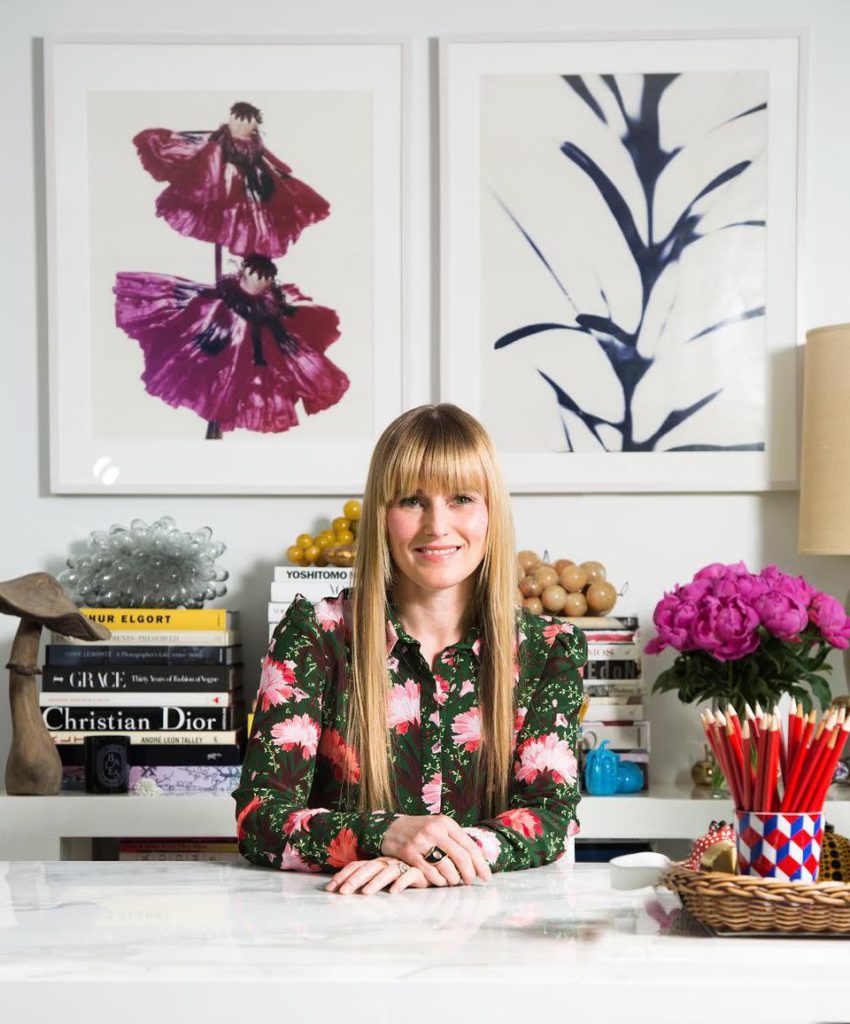
Can you please briefly describe your career path leading up to Architectural Digest?
I started at House & Garden straight out of college. I was trained in the shelter category there for five years. I loved House & Garden and assisted many wonderful editors, including Wendy Goodman. When the magazine closed in 1993, I went to Vogue as beauty associate. I thought I would work there for a year or two, but I ended up staying a decade. I was promoted to beauty editor a year and a half into my tenure and later became the beauty director. I also edited the fashion section called INDEX along with special projects for Vogue. [Wintour] asked me to launch Teen Vogue, which was her idea and was inspired by her daughter Bee. I founded the magazine and ran the brand for 13 years, until June 2016, when I joined Architectural Digest as editor-in-chief.
With the print product, website, social media and brand extensions, Architectural Digest is expanding and evolving rapidly. How do you prioritize your time? Please walk me through a day!
If you have big ambitions for your business — and I do! — you must hire wisely and delegate well. There is just no way you can do it all yourself. I pride myself on finding great talent and supporting and guiding my team but trusting them to do the work. I don’t micromanage. I do weekly check-ins with all the department heads: print in various categories, digital, social media, public relations and my business partner, the chief business officer.
My day starts early, at home, where I am up at 6 am and do a lot of email in the morning! I also read the New York Times, the New York Post, the Business of Fashion, the Architectural Digest website, Women’s Wear Daily, Apple News and as much as I can get to! I am a news junkie. I often have an 8:30 am breakfast with a decorator, architect or an advertising client of Architectural Digest.
I am still at work by 9:30 am or so. My workday is lots of meetings. I like to talk to the staff face-to-face. I like a small group so that things get done and people realize that they are expected to deliver the work and cannot hide behind dozens of colleagues. We have so many projects in the works at Architectural Digest. I try to see anyone on staff who needs me on the same day they request the meeting. I realize they cannot move forward until I make a decision. My favorite meeting at work is in the art department. Seeing the photo shoots come in and get laid out is so gratifying after all the hard work it takes to secure these homes. I am extremely active in scouting and securing homes. It is one of the most challenging aspects of our work at Architectural Digest and it takes an editor with connections and a great reputation to secure the homes and the people.
Most evenings I go out. That is part of the job — it is very social. That is how you find great houses and meet people! I go to dinner parties, gallery openings, cocktails, the theater and ballet, art events, fashion events and often I am hosting an Architectural Digest event. It’s a demanding but rewarding pace and schedule.
What are the responsibilities you value most as editor-in-chief of Architectural Digest?
The most important role for me as editor-in-chief is to create a compelling, entertaining and relevant print and digital product. If you succeed, the business will grow naturally from that success. It is important to me that I develop new business ideas and revenue streams for Architectural Digest. After those two things — creative and business success, which go hand-in-hand — I value building a team that is happy, productive and best in class. But to be honest, I do that simultaneously with the first objectives. It all goes together. The best creative product results from the best, most engaged team. As a boss, it is a great feeling to see talented people thrive and contribute to their maximum ability.
What are some of the ways you’ve managed to reconfigure Architectural Digest for the digital age? What changes have been implemented in the magazine and on the website?
My first goal was to rebuild the editorial team and make the magazine look and feel very different from the ‘old’ Architectural Digest. I look for houses with personality and for a narrative around the house. Who lives there, is it exciting to look at and why should the reader care? The kiss of death in shelter is a cold, boring publication that looks like a real estate catalog and feels like it is meant only as a portfolio for the industry. I wanted to build buzz and conversation around the magazine and the website: We need to be breaking news and showing houses you won’t see anywhere else, ever — such as [the homes owned by] Jennifer Aniston, Kate Moss, Robert Downey Jr., and Ricky Martin!
For the digital side, I hired Keith Pollock and he has built a really ace team and increased our traffic and social footprint enormously. The site is full of original content, and I asked [Pollock] to develop two new ideas I formulated early on: AD PRO and CLEVER. My goal was that Architectural Digest should be the dominant brand in shelter across all audiences, not just the general affluent shelter reader it served traditionally.
PRO is our take on Women’s Wear Daily or Business of Fashion — it is a vertical on the site that caters to professionals and design fans. My ambition is that it becomes a daily must-go destination for that highly involved person. We can build other businesses off a successful website and a big PRO readership. CLEVER is our bid to reach the young design enthusiast and or someone on a tighter budget and with different needs and tastes from the expected Architectural Digest reader. For example, we assume our CLEVER reader is renting and that they are not shopping for a dream kitchen renovation and so on. CLEVER is all about keeping it real!
Since launch, these two verticals have been successfully working in tandem with the site’s existing (and expanding) offerings to increase engagement, afford the site it’s highest traffic month ever and grow the brand’s social and video channels to record-breaking heights. Overall, the print and digital products support each other. For example, a celebrity featured in print is expected to do a video for the digital channels or a topic we cover in the magazine could be explored in greater depth online where space is not an issue.
What are the most important characteristics someone needs to have to be successful in your role?
An editor-in-chief must be a natural leader, very confident in their creative vision and really good at identifying, securing and nurturing talent — both the talent who work here and the talent we feature in our platforms. In my particular job, you need to be very visual and very confident in your taste and your choices. I am! I also feel that no matter how special the editor-in-chief may be, if they cannot create a happy and productive team they will fail. It takes a village to make a magazine or a website.
What’s the biggest lesson you learned at work and how did you learn it?
Biggest lesson at work: This is on me. Everyone wants to be the boss, but when you are the boss you cannot make any excuses for failure. You must accept your role in the dysfunction and figure out what went wrong and how to fix it. I learned this pretty young — maybe 26-years-old? — at Vogue when I was the new beauty director. A major advertiser called [Wintour] to complain about a lack of editorial credits. There were valid reasons for this, but [Wintour] was livid and said to me, “I don’t want to know. I don’t want to hear it. You fix this. I put you in this job and you need to do it!” I put data systems in place to track such things — that had not existed prior to me — and I also learned to advocate for myself for what I need — in that case, more pages.
[Wintour] is an amazing boss, generous mentor and a business role model. Of course, things go wrong at work, but I try to accept my own role in the breakdown and figure out the best remedy. I think the team appreciates that spirit.
What is one thing that you wish you had known when you were starting out your career?
What do I wish I had known? Don’t take anything or anyone personally! Don’t let things make you emotional…it’s work!
What is the best advice you’ve ever received?
The best advice came from [Wintour], and I give it to other editors. It is also a huge confidence boost: Make it more you. I want to see you on every page. Isn’t that generous and amazing?
What is your career advice for other young professional women?
Don’t take work things personally. Don’t let emotions sap your energy. Ask for what you need and advocate for yourself. Make it more you.







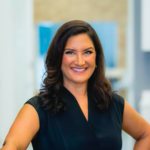

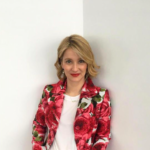








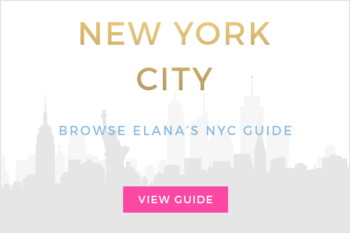

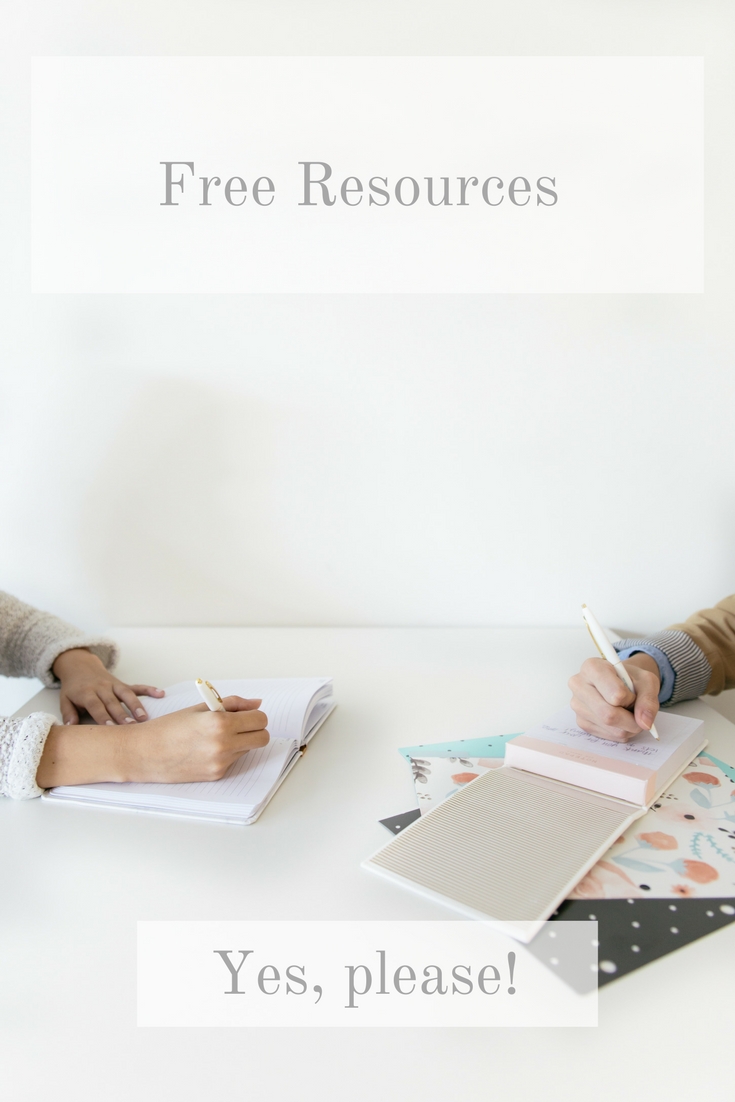


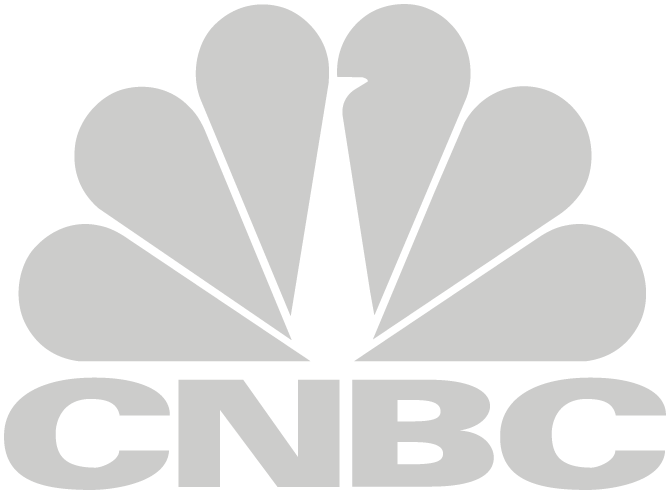

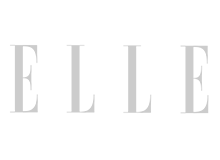
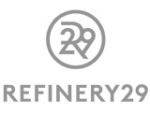

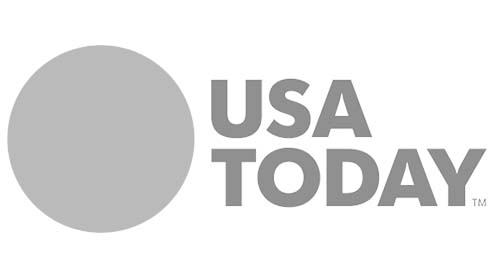

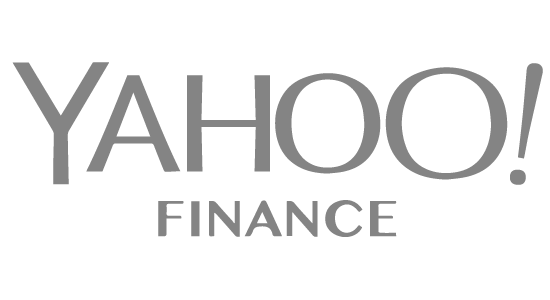

Pingback: Career Profile: Amy Astley, Editor-in-Cheif of Architectural Digest - Temasek Nets - Construction Safety Nets Manufacturer and Supplier